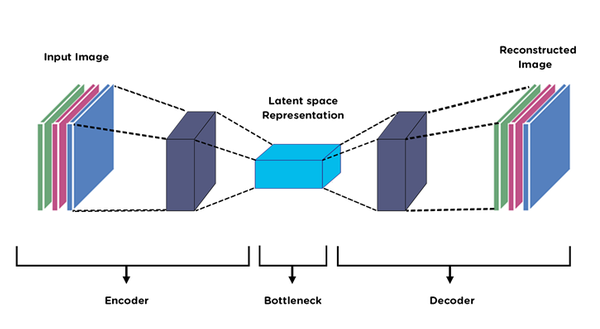This project applies image segmentation techniques to identify and delineate polyps from gastrointestinal tract images using deep learning models. We experiment with various encoder-decoder architectures like UNet, UNet++, DeepLabV3Plus, and PSPNet, employing MobileNetV2 and ResNet50 as encoders. The goal is to achieve high accuracy in polyp segmentation, as polyps are precursors to colorectal cancer.
Colorectal cancer is a leading cause of cancer-related deaths. Early detection and removal of polyps can help prevent it. In this project, we leverage convolutional neural networks (CNNs) with advanced encoder-decoder architectures to improve polyp segmentation accuracy. The models are trained and evaluated on the Kvasir-SEG dataset, which contains 1000 polyp images and corresponding masks. We experiment with different models, fine-tuning them to maximize performance, and combining them to achieve state-of-the-art results.
- Name: Kvasir-SEG
- Size: 46.2 MB
- Content: 1000 polyp images with corresponding ground truth masks
- Resolution: Varies from 332x487 to 1920x1072 pixels
- Format: JPEG for images and JSON for bounding box coordinates
- Link: Kvasir-SEG Dataset
We implemented and experimented with the following models:
- UNet with ResNet50 and MobileNetV2 encoders
- UNet++ with ResNet50 and MobileNetV2 encoders
- PSPNet with ResNet50 and MobileNetV2 encoders
- DeepLabV3Plus with ResNet50 and MobileNetV2 encoders
Transfer learning was utilized to accelerate model training by leveraging pre-trained weights from the ImageNet dataset.
- Clone the repository:
git clone https://github.com/MohaZamani/Gastrointestinal-Polyp-Segmentation.git
- Install the necessary dependencies:
pip install -r requirements.txt
- Run the Jupyter notebook:
jupyter notebook
- Open and run
main.ipynbto train and evaluate the models on the Kvasir-SEG dataset. Follow the steps inside the notebook to preprocess the data, train the models, and visualize the results.
The models were evaluated using the following metrics:
- Dice Score: Measures the overlap between the predicted segmentation and the ground truth.
- IOU (Intersection over Union): Measures how well the predicted segments match the ground truth.
- Dice Loss: Used as a loss function, complementary to the Dice Score.
- UNet with ResNet50: IoU = 0.9261, Dice Score = 0.9163
- UNet++ with ResNet50: IoU = 0.9229, Dice Score = 0.9495
- PSPNet with ResNet50: IoU = 0.8652, Dice Score = 0.9187
- DeepLabV3Plus with ResNet50: IoU = 0.9064, Dice Score = 0.9316
Visualizations of training and test performance can be found in the results section of the report.
- Galdran, A., Carneiro, G., & González Ballester, M. A. (2021). Double Encoder-Decoder Networks for Gastrointestinal Polyp Segmentation.
- Ronneberger, O., Fischer, P., & Brox, T. (2015). U-Net: Convolutional Networks for Biomedical Image Segmentation.
- Chen, L. C., Zhu, Y., Papandreou, G., Schroff, F., & Adam, H. (2018). Encoder-Decoder with Atrous Separable Convolution for Semantic Image Segmentation.
- Zhao, H., Shi, J., Qi, X., Wang, X., & Jia, J. (2017). Pyramid Scene Parsing Network.

